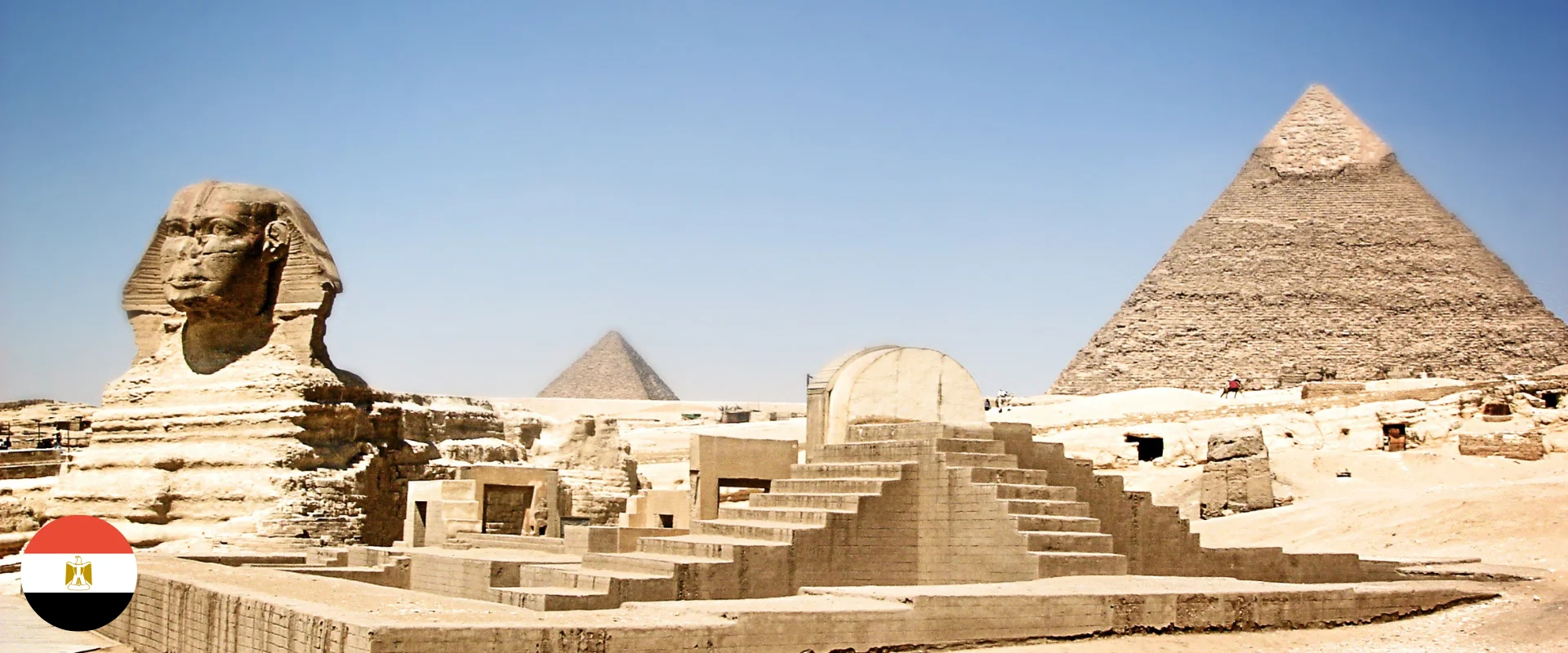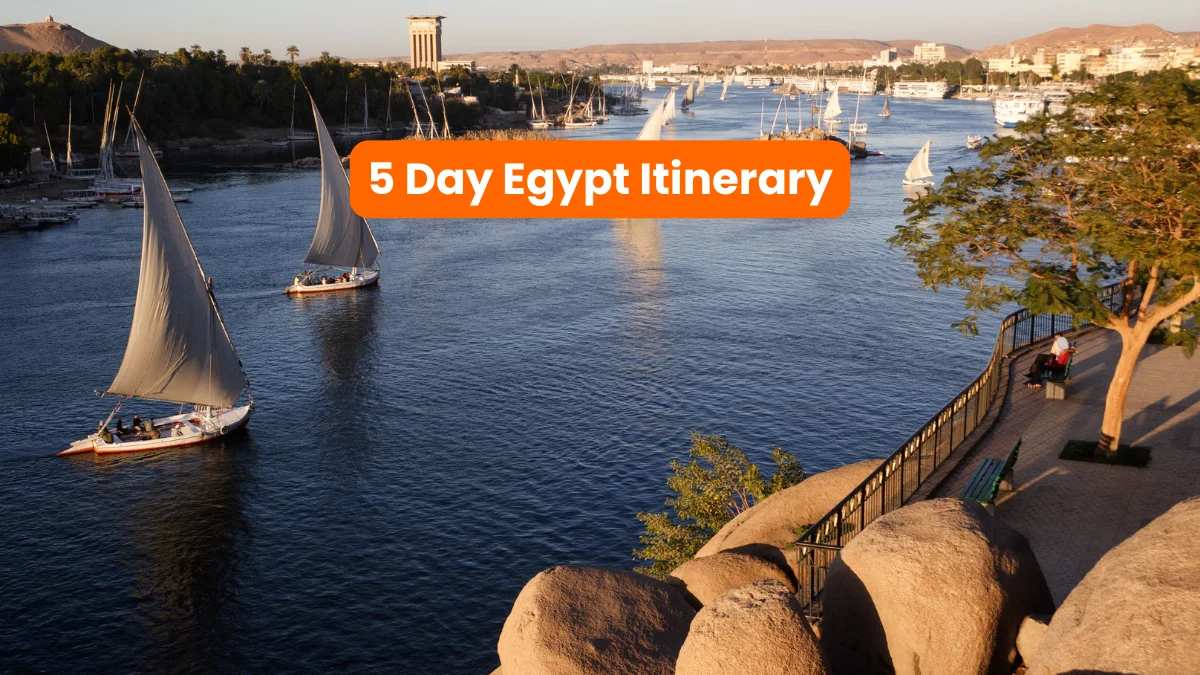Understanding Egypt would be incomplete without acknowledging its complex religious landscape. Throughout its history, from polytheistic beliefs to today’s dominant monotheistic religions, spirituality has played a pivotal role, helping shape both the cultural and political frameworks of the country.
Islam and Christianity in Modern Egypt
In modern Egypt, the tapestry of religious life is primarily defined by Islam and Christianity, with a rich history that speaks of syncretism, spirituality, and continuity. With a majority Muslim population, predominantly Sunni, Islam forms the cornerstone of societal norms, shaping social conventions and influencing every aspect of daily life. Simultaneously, Coptic Christianity, which traces its roots back to the earliest days of the faith, presents a vital heritage, maintaining ancient practices that date back to Christianity’s origins.
Islam:
- As the state religion, Islam’s daily practices are vividly visible, from the rhythmic call to prayer echoing through the cities to the culturally infused traditions that honor family life and community support. These practices are underscored by places of learning, such as Al-Azhar University, renowned for its Islamic scholarship worldwide.
Coptic Christianity:
- Representing around 10-15% of the population, the Copts have sustained a unique religious identity. Their liturgies and hymns, often preserved in the ancient Coptic language, narrate stories of early Christian martyrs and saints. Buildings like the Hanging Church and St. Mark’s Coptic Cathedral stand as testaments to their enduring presence.
Both religions reflect a shared historical narrative of coexistence and cultural overlap, with numerous instances of syncretism that are evident throughout Egypt. The reverence for ancient traditions, spiritual resilience, and an enduring cultural identity speak to Egypt as a living museum of religious thought and practice.
Ancient Egyptian beliefs: gods, afterlife, and pharaohs
Ancient Egyptian religion, imbued with rich symbolism and intricate rituals, was central to life and death. This fascinating belief system revolved around a pantheon of gods, where pharaohs played a critical intermediary role between deities and the people. Central to this was the concept of the afterlife, an idea supported by elaborate funerary practices.
- Deities: The Egyptian gods were perceived as omnipresent forces controlling the natural world and human affairs. From Amun Ra, the sun god who was the supreme deity, to Isis, the goddess of motherhood and healing, each deity had specific attributes and domains.
- Pharaohs as Sons of Gods: Seen as gods in human form, pharaohs like Tutankhamun were vital links between the earthly and divine realms. Their monumental statues and elaborate tombs were not mere displays of power but were also crucial in ensuring their immortality in the afterlife.
- Afterlife Beliefs: Egyptians believed in the Field of Reeds a heavenly paradise mirroring earthly existence. To reach it, souls had to pass through the trial of the Weighing of the Heart. Rituals, spells, and sacred texts ensured safe passage, with anything amiss potentially resulting in annihilation by mythic beasts like Ammut.
These ancient beliefs underscored a desire for immortality and union with the divine, threads of which still echo in Egypt’s religious fabric today. For travelers, these insights paint a broader understanding of the mysteries behind Egypt’s awe-inspiring ancient monuments.
Myths, curses, and haunted tomb legends
Ancient Egyptian tombs have long held allure and fear, enveloped in haunting myths and enigmatic curses that have captured worldwide imagination. These tales of misfortune, particularly surrounding pharaohs’ tombs, illustrate the Egyptians’ reverence for their sacred burial sites and their quest for eternal protection.
- Curses of the Pharaohs: The most famous tale is the “Curse of the Pharaohs,” allegedly leading to the demise of those who disturbed King Tutankhamun’s tomb. Reports of sudden deaths and misfortunes afflicted those involved in its 1922 discovery, fueling speculation and media frenzy.
- Legends and Superstitions: Other legends abound, from demonic hauntings to guardian spirits, believed to guard the resting places of the dead or deliver retribution upon intruders. These stories, though often exaggerated, stem from a belief in the protective power of the afterlife rituals.
- Pop Culture Influence: These mystical tales have permeated literature and pop culture, providing inspiration for countless films and books that depict treasure hunters meeting ghostly guardians in the dark corridors of Egyptian pyramids.
While historical evidence of curses might be lacking, these legends continue to fascinate, adding an element of mystery and allure to Egypt’s historical sites. Such myths allow travelers to step into a world where imagination blends with reality, offering a uniquely thrilling aspect to their exploration.
Contemporary spirituality and folklore (e.g., zar rituals)
Contemporary Egyptian spirituality juxtaposes centuries-old mysticism with modern practices that celebrate cultural roots, such as the captivating Zar ritual. Originating from sub-Saharan Africa, the Zar embodies a spiritual tradition where music and dance aim to appease spirits believed to afflict individuals.
- The Zar Ritual: Primarily practiced by women, the Zar is a vibrant celebration featuring drumming and rhythmic dances to drive out jinn or spirits. Not merely an exorcism, it serves as a social event, with gatherings acting as community bonding experiences.
- Venues and Modern-Day Appeal: Today, these rituals are often performed in cultural centers or private homes, less emphasized on their spiritual content and more on community heritage and artistic expression.
- Symbolism: The ritual highlights women’s agency, empowering them within a communal context where expression and healing find an intersection with cultural legacy.
By engaging in such ceremonies, travelers can gain insight into the timeless expressions of spirituality in Egypt, recognizing the interplay between ancient beliefs and modern interpretations that continue to strengthen communal ties and celebrate cultural resilience.



